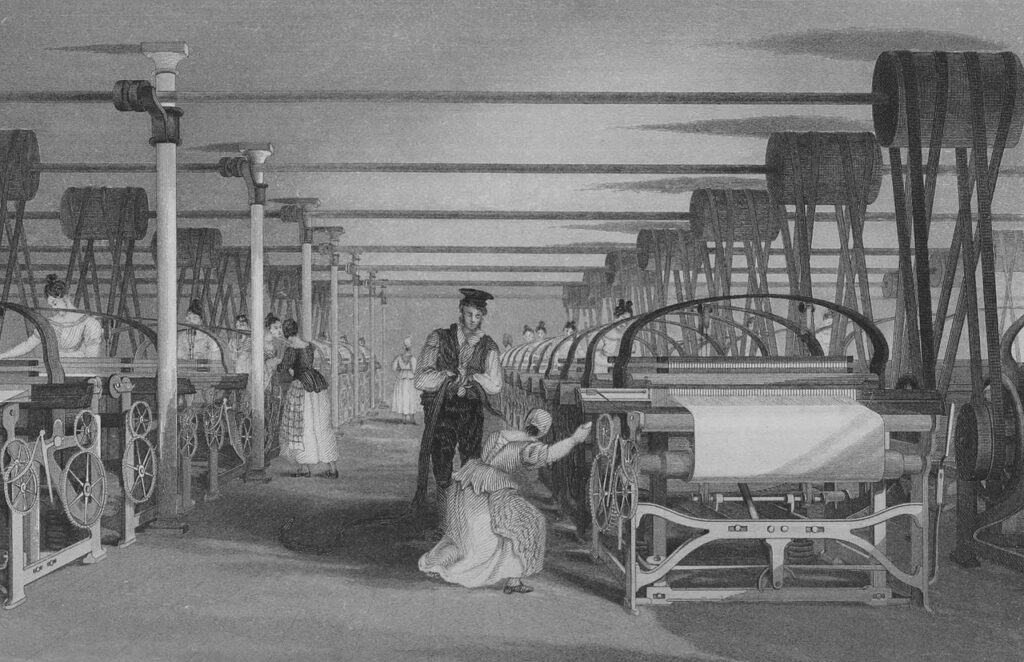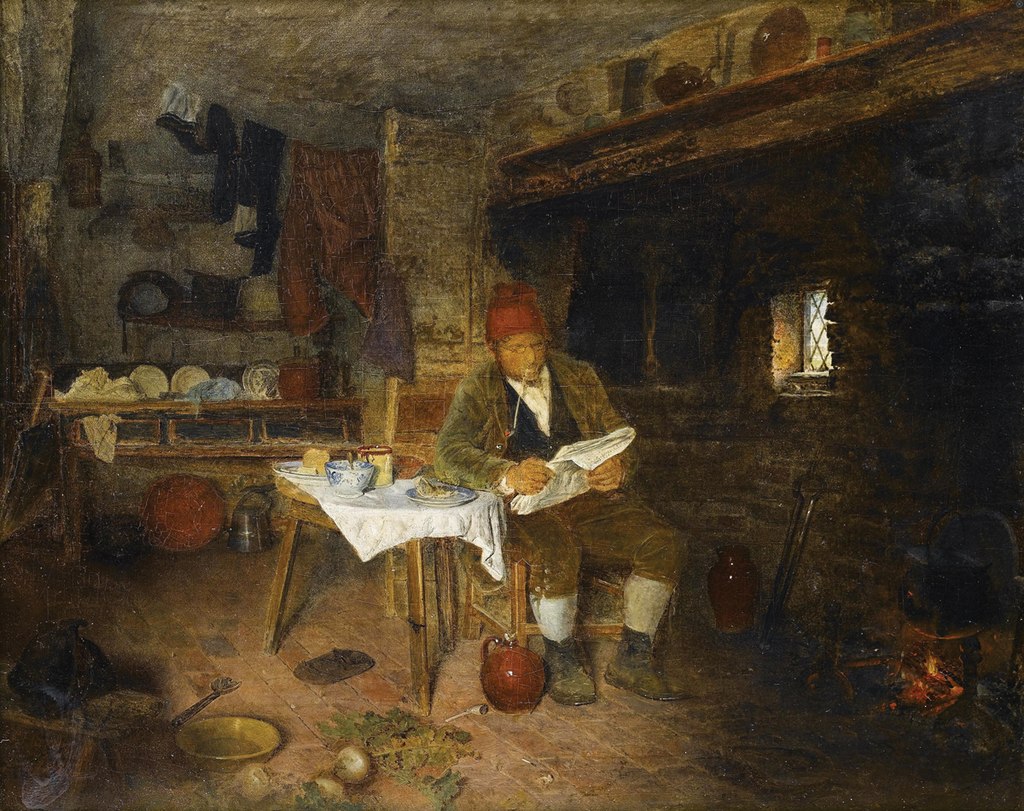People still like reading 19th-century books. Many readers choose the works of authors such as Jane Austen, Charles Dickens, the Brontë sisters, Arthur Conan Doyle, and Lewis Carroll. Key reasons include the richness of their style and language, and reference to historical events and social background. However, they can also be problematic while reading because often vary significantly from the present.
Historical and social backgrounds
The Industrial Revolution changed society’s structure. New social classes and large cities influenced daily life and literature. Difficult living conditions, overpopulation, and diseases were readily addressed in novels. This made books more accessible and understandable.
Another important subject was marriage. Women still had limited rights, and their social status depended on marriage and the husband’s position. These literary motifs are present in the Brontë sisters and Jane Austen’s novels. The Brontë sisters highlighted the independence of women and their internal conflicts. Jane Austen showed that marriage was not just a matter of love but, most of all, financial and social security.

Illustration of power loom weaving (Illustrator T. Allom, Engraver J. Tingle – History of the cotton manufacture in Great Britain by Sir Edward Baines, Public Domain, Wikipedia)
Language and style
Although the language in 19th-century novels isn’t so complicated in comparison to earlier periods, many words changed their meaning. Let’s look at Pride and Prejudice by Jane Austen. One of the words which changed its meaning is “arrested”. In Pride and Prejudice, it means ‘stopped’ or ‘caught’ (e.g. caught somebody’s attention). There are also words which we don’t use currently like ‘untinctured’ which means ‘unaffected’, untouched’, or ‘untinged’.
Elaborated descriptions and stylised dialogue with many honorific forms can be overwhelming and difficult to understand. This may mean that you need to reread a sentence or paragraph sometimes.
Challenges while reading
Archaic words, idioms and phrases typical of the era, historical events – all of this can be difficult while reading. Multiple complex sentences also don’t help. In some parts of the texts, it’s important to pay attention to the meaning of long sentences. Understanding social norms can be one of the biggest challenges. Some may seem silly or unimportant now, but they are essential for the characters.
Detailed prolegomena are yet another problem. Modern novels have conditioned us to quicker pacing in action. Readers don’t have to read many pages until they understand why characters chose something.
Some novels also contain oblique references to the author’s experiences. That’s why sometimes it is important to read more about the author’s biography to understand the context. Currently, if the author relates to their experiences, we can usually read about it in a prologue.

The Leisure Hour, (1855). George Hardy
How to prepare for reading?
The good news is you don’t need to do any special prep, like researching the era or using multiple dictionaries. The Oxford online dictionary is great, as it displays meaning, usage, and current relevance. You might consider reviewing the most popular 19th-century words and their definitions. These are some examples: „thou” (you), „shalt” (shall), „wilt” (will), and „kinsman” or „kinswoman” (a family member). Don’t hesitate to supplement your reading with online research. Because other readers also found some parts difficult to grasp, solutions are easy to find.
Despite its difficulty, 19th-century literature is still worth reading. It will help you better understand social interactions and thought processes. Remember that you don’t have to read quickly. If you feel that the book is too difficult, you can start reading something else and come back to it later.
This may interest you: Best Classic Novels to Start Your Reading Journey
